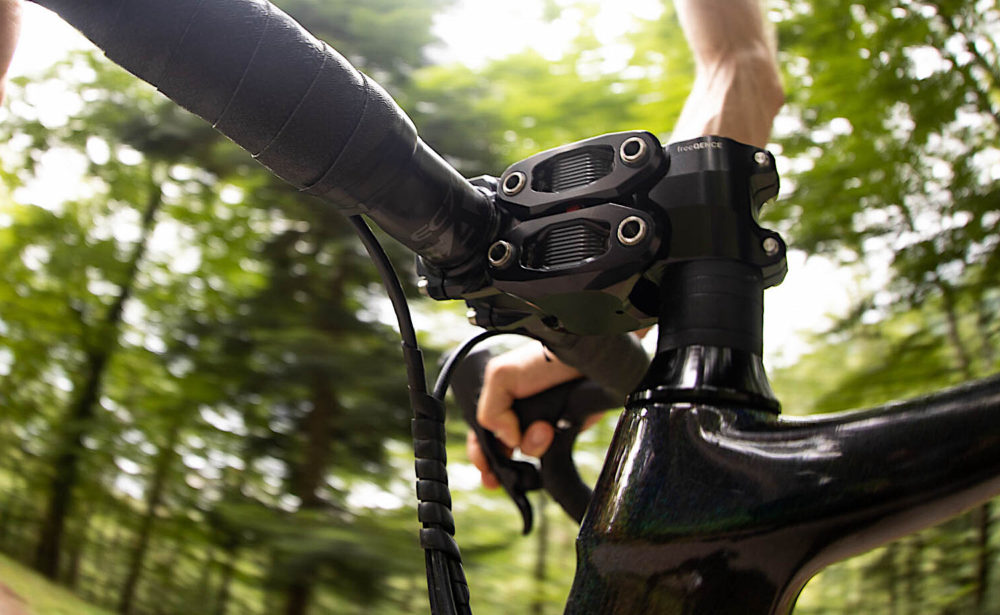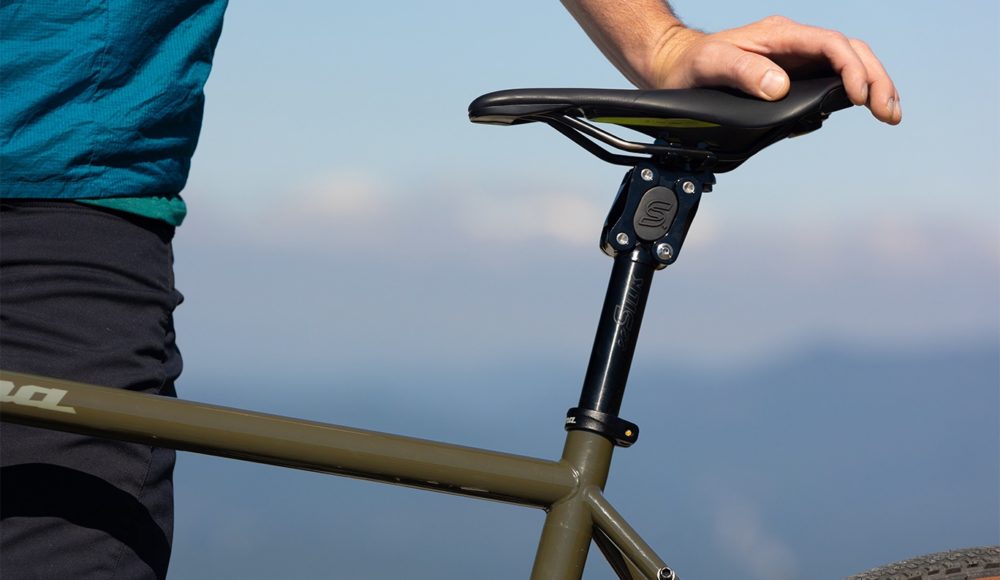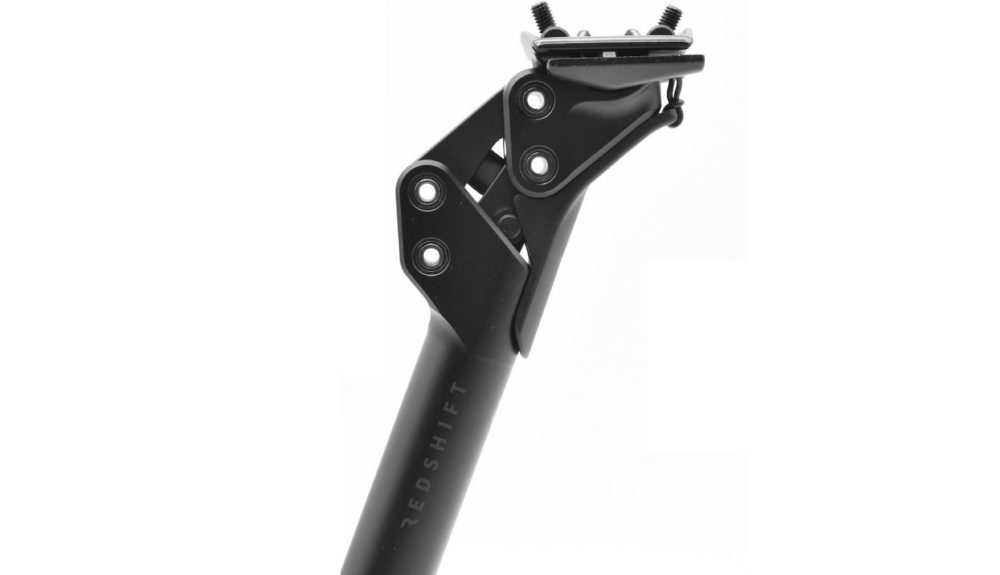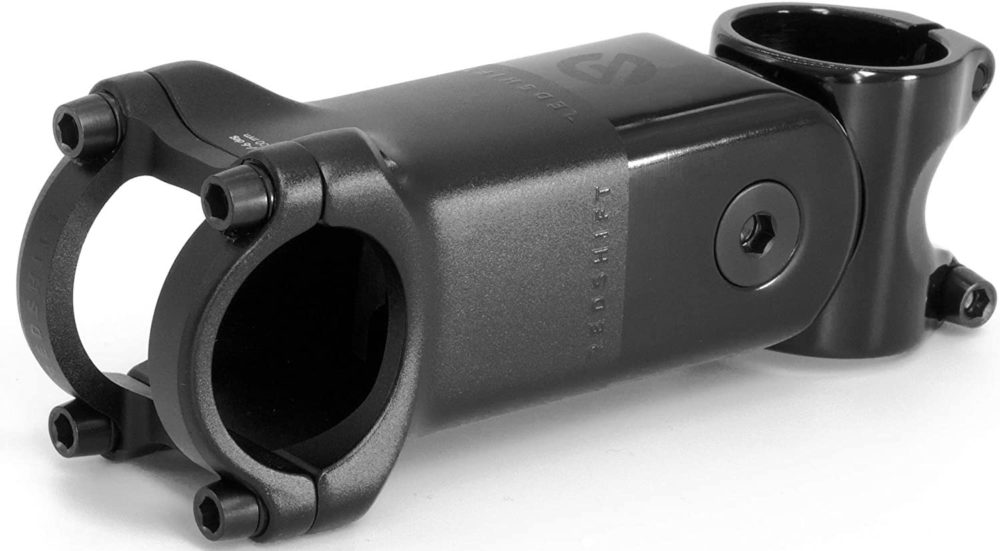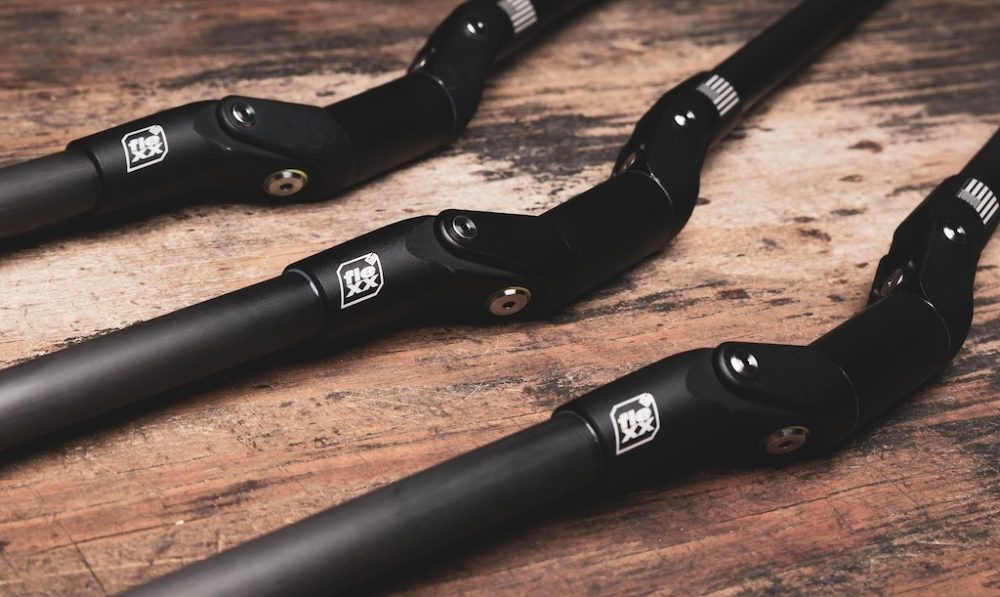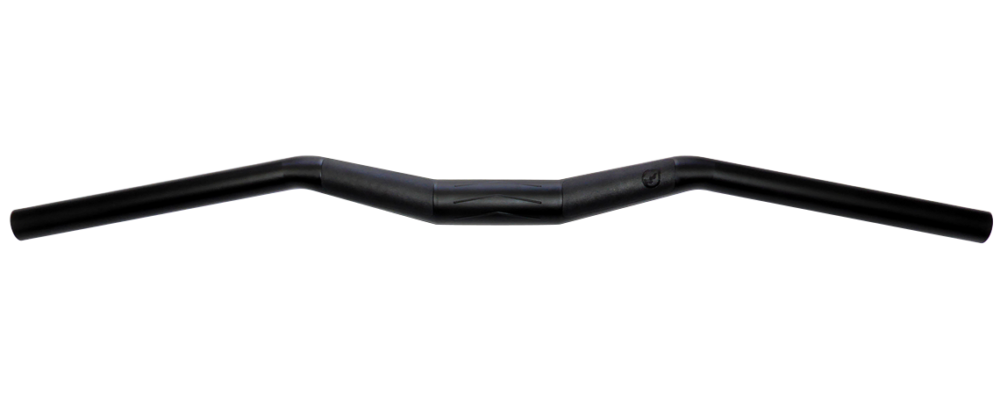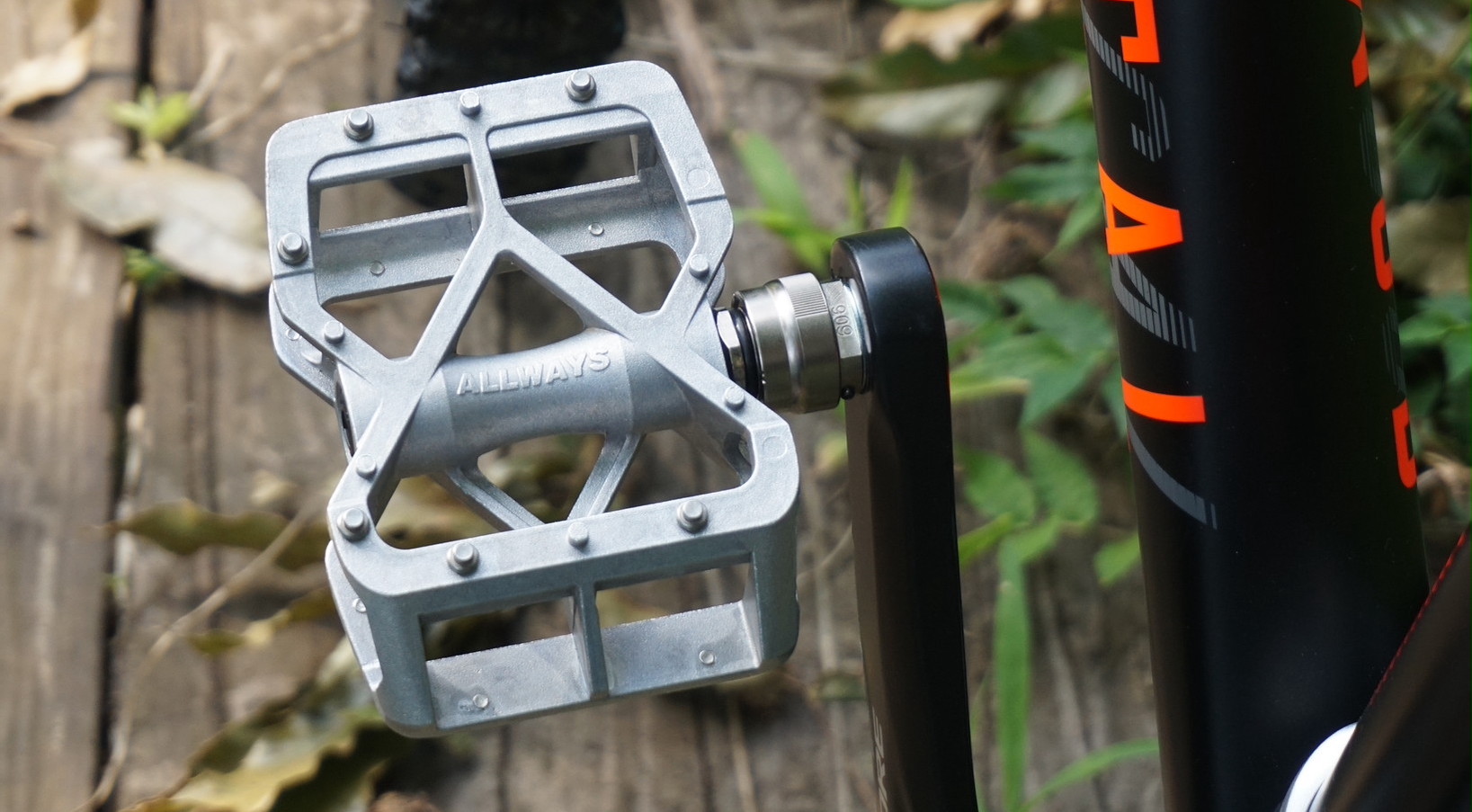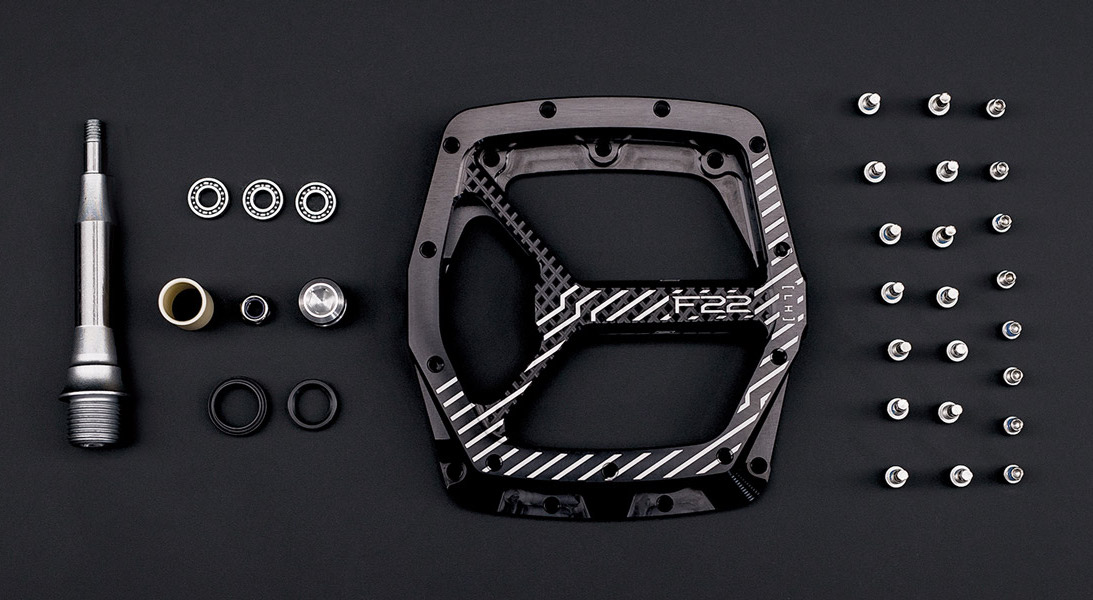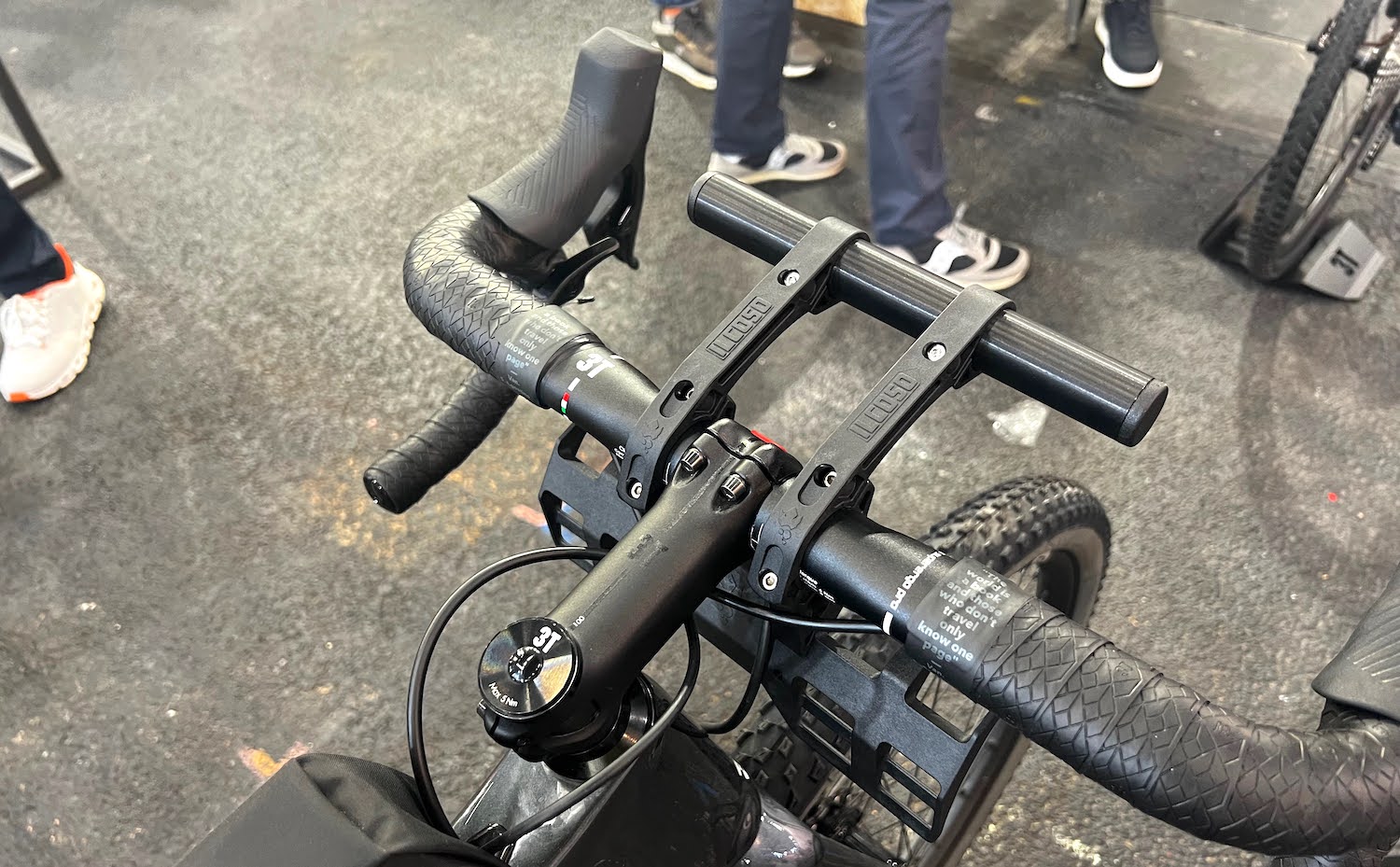Table of Contents
Comfort is paramount when you’re spending large amounts of time on your bike.
With rigid gravel bikes gaining in popularity, bike and component manufacturers are currently finding ways to add minimally-damped suspension to our bikes to make them both more comfortable and faster (I will be making my case for increased speed in an upcoming resource).
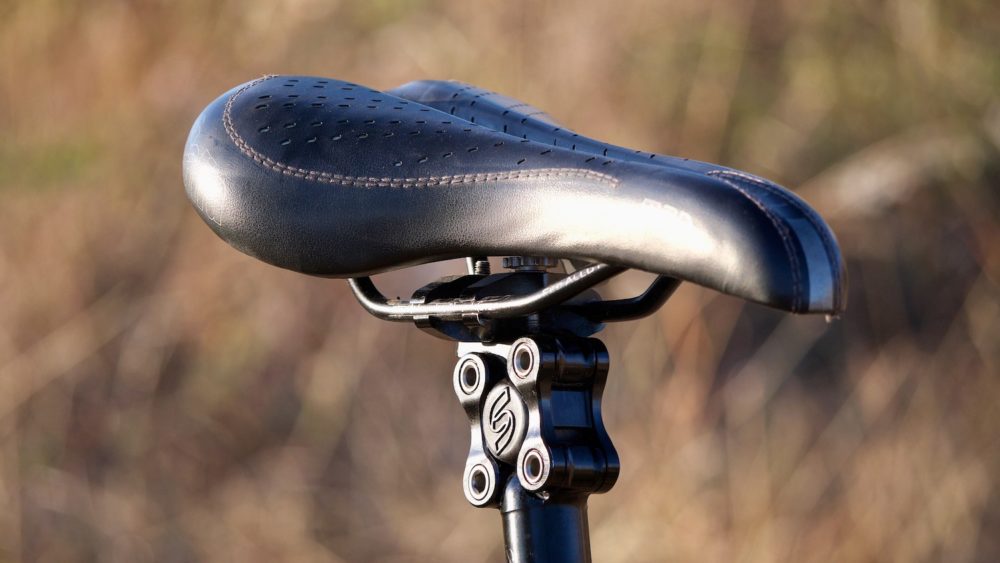
Additionally, we have studied the effect of whole-body vibrations on the human body, and it turns out they can be quite damaging. Over time they can increase the risk of various ailments, including low back pain and spinal degeneration. This is one reason why we regulate vibration exposure in industries that use heavy machinery.
With comfort, speed and health in mind, let’s take a look at the suspension stems, seatposts and handlebars that have been released in the last year.
I’d recommend having a poke about CyclingAbout for more information about comfort components. I have in-depth resources on:
- Suspension seatposts
- Carbon flex seatposts
- Gravel bike rear suspension
- Suspension stems
- Tyre pressure
- Steel bicycle frames (and why they are not more comfortable)
Vecnum Freeqence Suspension Stem
Suspension stems are nothing new. You might have seen them on rigid mountain bikes in the mid-1990s before suspension forks really took hold.
After a small hiatus, suspension stems are back, and can significantly reduce the shock transmitted to your upper body on rough surfaces. GravelBikes.cc have measured an 18% to 26% reduction in handlebar vibrations compared to a regular stem on gravel roads.
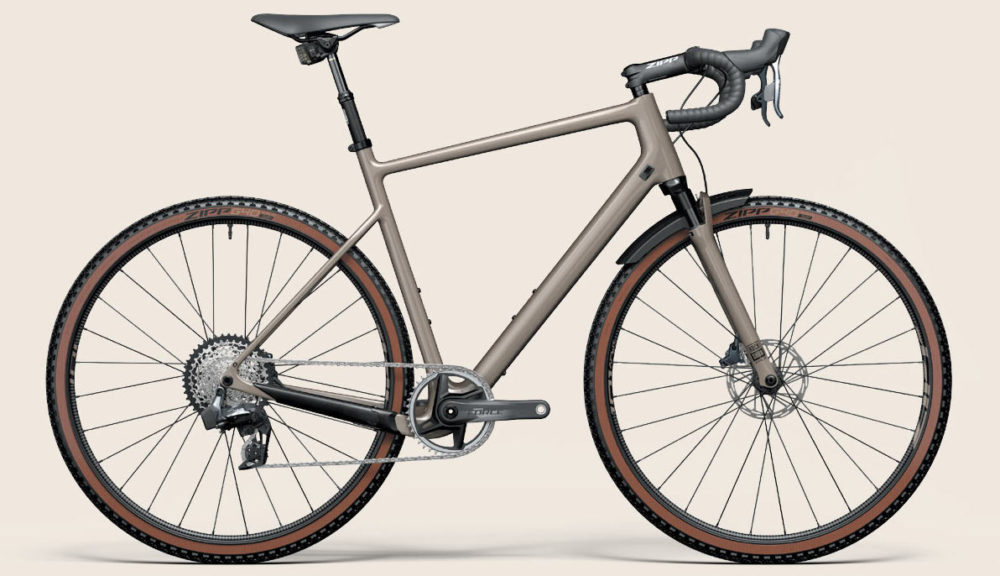
The main difference between a suspension fork and stem is that only your hands and upper body are suspended with a suspension stem. This is great for keeping you comfortable, but it will only minimally improve your bike’s performance.
In comparison, a suspension fork suspends not only your upper body but the front of your bike too. This improves your front-wheel grip and makes for a more stable bike on rough roads. The downside to suspension forks is that they add weight, complexity and the need for regular service intervals.
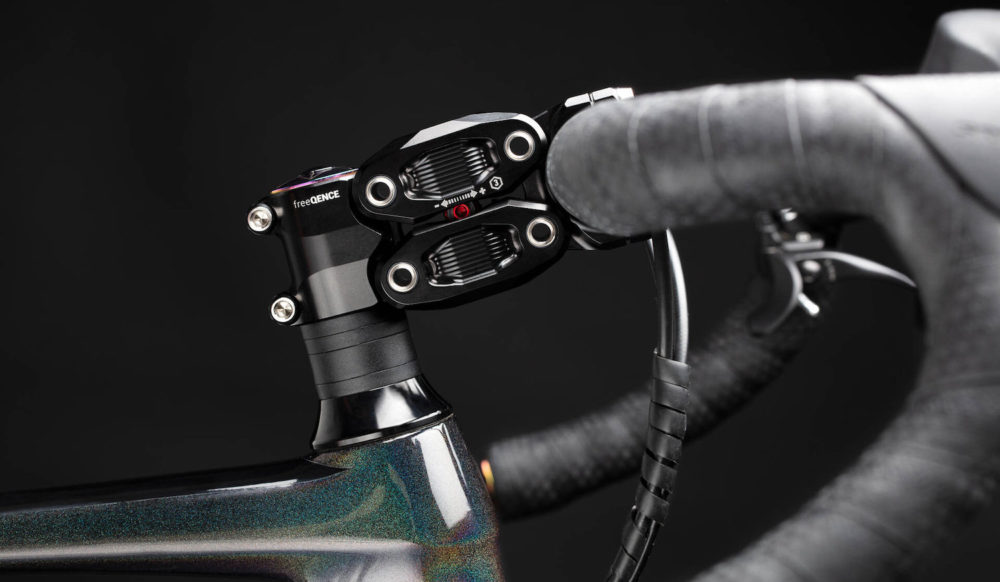
The Vecnum Freeqence stem looks to be a great new option. Unlike the Redshift ShockStop stem (that I use on my touring bike), it uses a parallelogram linkage design so that the handlebars do not tilt forward under compression. This allows the Freeqence to feel more like a suspension fork in its movement.
The Freeqence uses an elastomer-spring setup with 30mm of travel, which can be adjusted to accommodate riders from 50kg through to 120kg. While coil-spring stems like the Kinekt are highly reactive over fast bumps, the Freeqence should feel a bit more ‘muted’ in comparison, as the properties of elastomers have more inherent damping.
Elastomer springs also tend to feel less ‘springy’ (for lack of a better term) when you’re riding along on smooth surfaces. In other words, the Freeqence will likely bounce around a touch less than the Kinekt (there is no ‘lock-out’ option on either of these stems).
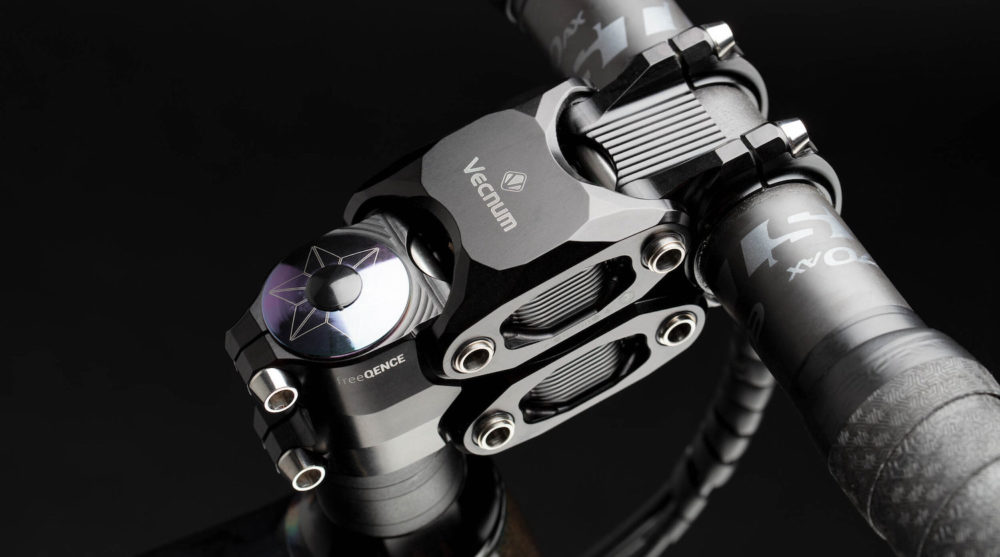
The downside to elastomers is that they can firm up in cold conditions, rendering them less effective – so, skip this design if you need it to work well in sub-zero conditions.
The Freeqence uses premium materials, which results in a stem weight ~40% lighter than the closest linkage stem competitor, the Kinekt Suspension Stem. However, these premium materials and German manufacturing result in a very high purchase price.
| Vecnum Freeqence Suspension Stem | |
| Stem Lengths | 90, 105, 120mm |
| Spring Rate | Pre-Load Adjuster (50-120kg rider) |
| Stem Weight | 287-295 grams (10oz) |
| Suspension Travel | 30mm |
| Price | €299 |
Cane Creek eeSilk+ 35mm Suspension Seatpost
I’ve been using the Cane Creek eeSilk seatpost on my touring bike for the last 30,000km, and I really like it. With just 20mm of travel, I can ride comfortably on most dirt roads without noticing it working underneath me.
Cane Creek has just released a new model called the eeSilk+, which has about twice the suspension travel (35mm). Being elastomer-based, you get the advantage of it feeling quite ‘muted’ on smooth surfaces, but with the boost in travel, the eeSilk+ can isolate your body from even bigger holes and depressions.
I suspect this might be the suspension seatpost to go for if you’re both riding long stretches on smooth surfaces (as it’s not too springy), but also want as much comfort as possible on rough dirt tracks.
| Cane Creek eeSilk+ Suspension Seatpost | |
| Seatpost Material | Carbon or Aluminium |
| Seatpost Diameter | 27.2mm or 31.6mm |
| Seatpost Length | 362mm (Carbon), 387mm (Alloy) |
| Spring Rate | Five Elastomer Options |
| Suspension Travel | 35mm |
| Weight | 323-378 grams (11-13oz) |
| Max Rider Weight | 113kg/250lb |
Redshift ShockStop Pro RT Suspension Seatpost
The new Redshift ShockStop Pro RT is a direct competitor to the Cane Creek eeSilk suspension seatpost.
Like the eeSilk, it uses an elastomer spring and has 20mm of travel, making it ideal if you just want to take the edge off everything. This should be a great product for a mix of road and smooth gravel surfaces.
While it’s 100 grams heavier than the eeSilk Carbon, the elastomer is hidden deep inside the seatpost, which should result in less maintenance (I am cleaning and lubing the elastomer in my eeSilk every few months).
| Redshift ShockStop Pro RT Seatpost | |
| Seatpost Size | 27.2mm x 280mm (or 350mm) |
| Spring Rate | TBD Elastomer Options |
| Suspension Travel | 20mm |
| Weight | 380 to 415 grams (13-14oz) |
| Rider Weight Limit | 110kg/242lb |
| Price | US $299 |
Redshift Shockstop Pro Suspension Stem
Along with the Pro RT seatpost, Redshift has released a Pro version of their suspension stem. This stem uses titanium hardware and weight-reducing CNC machining to get the weight down to between 230 and 250 grams, depending on the stem length.
Functionally, it’s the same as the regular ShockStop stem that I have fitted to my touring bike. There are 15 different spring rates, which suit flat bars and drop bars, heavy riders and lightweight riders.
As I mentioned earlier, the biggest downside to this simple and lightweight stem design is that the handlebars tip forward under compression. This takes a little getting used to.
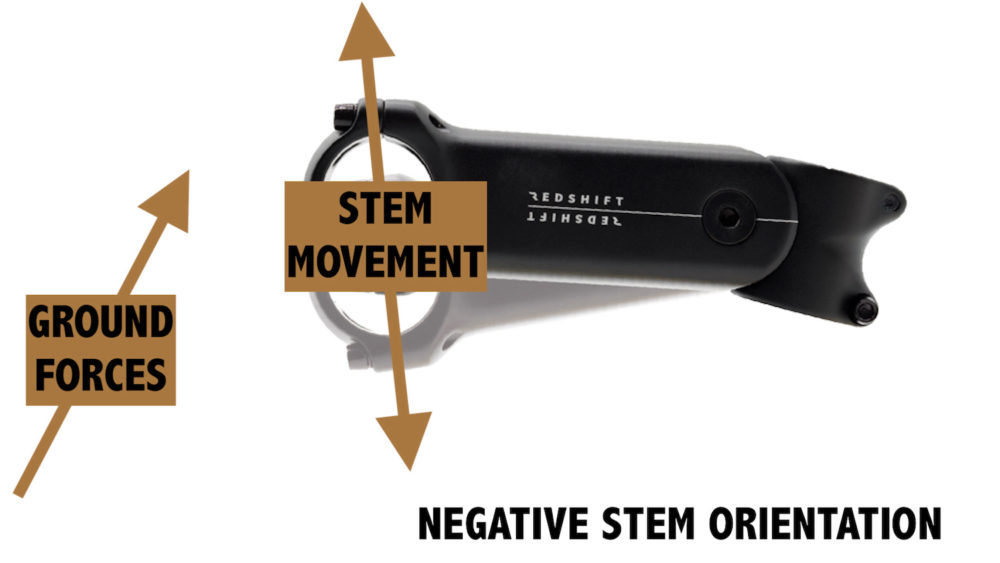
It also feels strange in the negative stem orientation as its direction of movement is different from the forces coming up from the ground – I expand more on my experience with the Redshift stem HERE.
| Redshift ShockStop Pro Stem | |
| Stem Lengths | 80, 90, 100, 110, 120mm |
| Stem Angle | +/- 6 Degrees |
| Stem Spring Rates | 15 Elastomer Options |
| Stem Weight | 230-250 grams (8-9oz) |
| Suspension Travel | 10-20mm (depending on length) |
| Price | US $249 |
Fasst Flexx Alloy Handlebar
Fasst Company has been making shock-absorbing handlebars and footpegs for motorbikes for years now. But more recently, they’ve delved into the mountain biking world with a handlebar that flexes up and down while you ride. And it reviews very well.
The Fasst Flexx Enduro handlebar is intended to reduce rider fatigue and arm pump, allowing you to ride faster, longer, further and with more control. While it is primarily designed for mountain biking, there is no reason why it wouldn’t suit other flat bar bikes too.
There are four different elastomers that can be fitted to optimise the flex for both light and heavy riders. You can also optimise the elastomers around the terrain – for example, on mellow dirt roads you might prefer a softer elastomer than if you were riding down rutted out singletrack.
| Fasst Flexx Enduro Handlebar | |
| Bar Width | 800mm (Uncut) |
| Bar Backsweep | 8 or 12 Degrees |
| Spring Rates | Four Elastomer Options |
| Material | Carbon or Aluminium |
| Weight | 450 to 550 grams (1.0-1.2lbs) |
| Price | US $325 to $425 |
An interesting alternative to the Fasst Flexx is the Baramind BAM MTB.
Instead of using elastomers and pivots, this handlebar is constructed using a mix of carbon fibre and fibreglass, resulting in a lighter 290g/10oz handlebar. It can be adjusted with two different spring rates and it’s about half the price to boot.
Looking at the slo-mo video of it in action, it’s very effective too.
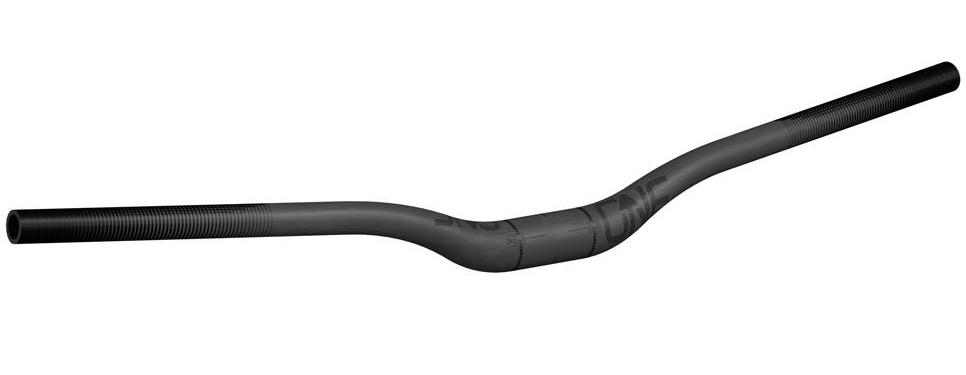
Another option again is the One Up Components Carbon Handlebar. This handlebar has been engineered with vertical compliance in mind, and according to various testers, does exactly what it says on the tin. This option is also the cheapest (US $140) and lightest (220g/8oz).
There is no adjustable spring rate to these bars, so they’ll be most effective under a heavier, more aggressive rider on rougher terrain.
FSA NS VAS Stem
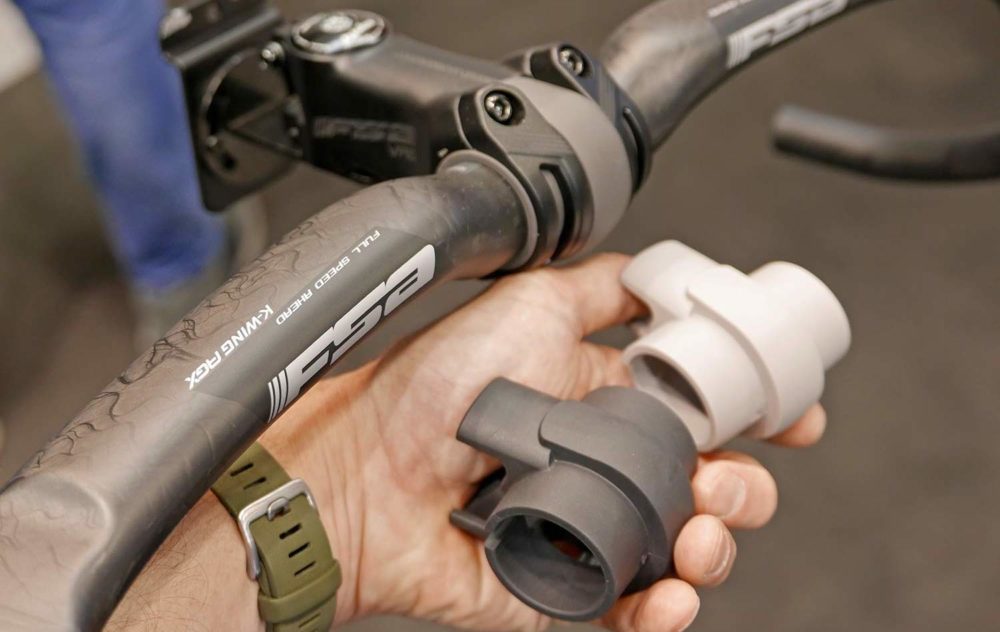
An interesting new comfort product is the FSA NS VAS stem. It sandwiches an elastomer between the stem faceplate and your handlebar to reduce vibration transmission to your hands and upper body.
FSA are claiming 47% more vibration attenuation, but who knows how this was measured. Given the vibration testing of different suspension stems, under most gravel riding speeds, I’d expect this stem to offer closer to 10% more vibration attenuation than a regular stem – which is not to be scoffed at.
| FSA NS VAS Stem | |
| Stem Lengths | 80, 90, 100mm |
| Stem Angle | -6 Degrees |
| Spring Rates | Three Elastomer Options |
| Weight | 291g/10oz (100mm) |
| Price | €160 |


